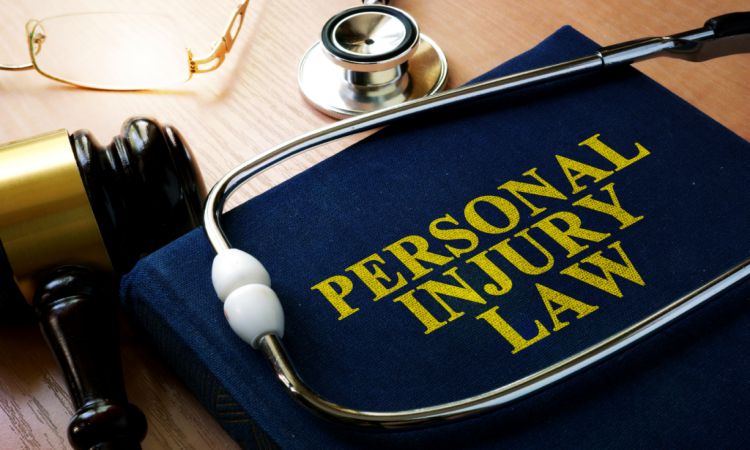 When someone suffers harm, whether it be physical or psychological, due to the negligence or intentional actions of another party, it falls under the realm of personal injury law. This branch of law is designed to protect the rights of individuals and ensure they receive compensation for their injuries. Here, we’ll delve into the rudimentary aspects of personal injury law, offering a foundation for those unfamiliar with the subject.
When someone suffers harm, whether it be physical or psychological, due to the negligence or intentional actions of another party, it falls under the realm of personal injury law. This branch of law is designed to protect the rights of individuals and ensure they receive compensation for their injuries. Here, we’ll delve into the rudimentary aspects of personal injury law, offering a foundation for those unfamiliar with the subject.
Understanding Personal Injury
At its core, personal injury law revolves around the concept of negligence. If one party fails to exercise a reasonable standard of care and causes harm to another, they can be held liable for the damages.
For example, if a store owner leaves a wet floor without putting up a sign and a customer slips and gets injured, the store owner may be considered negligent and therefore responsible for the customer’s injuries.
Types of Personal Injury Cases
There are several types of personal injury cases, including:
1. Automobile Accidents:
These are among the most common. When a driver fails to follow traffic rules or drives recklessly, resulting in harm to another party, they can be held accountable.
2. Medical Malpractice:
When healthcare professionals fail to provide the standard of care expected of them, leading to patient harm, it falls under this category.
3. Slips and Falls:
As mentioned earlier, property owners have the responsibility to keep their premises safe. Slips and falls, often due to unattended hazards, can lead to liability.
4. Product Liability:
Manufacturers are expected to ensure their products are safe for use. If they release a harmful product that injures consumers, they can be taken to court.
Compensation in Personal Injury Cases
Victims of personal injury are generally entitled to compensation, often termed as ‘damages.’ These can be:
1. Economic Damages:
Tangible costs such as medical bills, lost wages, and property damage.
2. Non-Economic Damages:
Intangible costs like pain and suffering, emotional distress, and loss of companionship.
3. Punitive Damages:
These are not designed to compensate the victim but to punish the at-fault party and deter similar behavior in the future.
Statute of Limitations
The ‘statute of limitations’ is one of the essential pillars of personal injury law. It refers to the time limit set by law within which a person can file a lawsuit after suffering an injury. This timeframe varies based on jurisdiction and the nature of the injury:
-
Why It Exists:
The statute of limitations serves a dual purpose. Firstly, it encourages the injured party to pursue their claim promptly. Secondly, it ensures that potential defendants are not indefinitely under the threat of a lawsuit, allowing evidence to remain relatively fresh and more reliable.
-
Timeframes:
The specific duration of the statute can vary. For instance, in some regions, a car accident might have a statute of limitations of two years, while medical malpractice might be three. It’s critical to be aware of these timeframes right from the time of the injury.
-
Exceptions:
There are circumstances where the statute can be paused or “tolled.” Common scenarios include when the injured person is a minor, mentally incapacitated, or when the defendant is out of the state.
Seeking Legal Help
Personal injury law can be intricate, and navigating it alone can be daunting. This is where legal experts come in. Firms specializing in this field, such as Consultwebs’ personal injury advertising, can offer valuable insights and guidance, ensuring victims are well-represented and stand a strong chance of obtaining the compensation they deserve.
Conclusion
Understanding the basics of personal injury law is crucial for anyone who believes they’ve been wronged due to someone else’s negligence. It empowers individuals, offering them a pathway to justice and the compensation they need to rebuild and move forward. With professionals like Consultwebs’ personal injury advertising at the ready, victims can confidently step into the legal arena, backed by expertise and experience.




